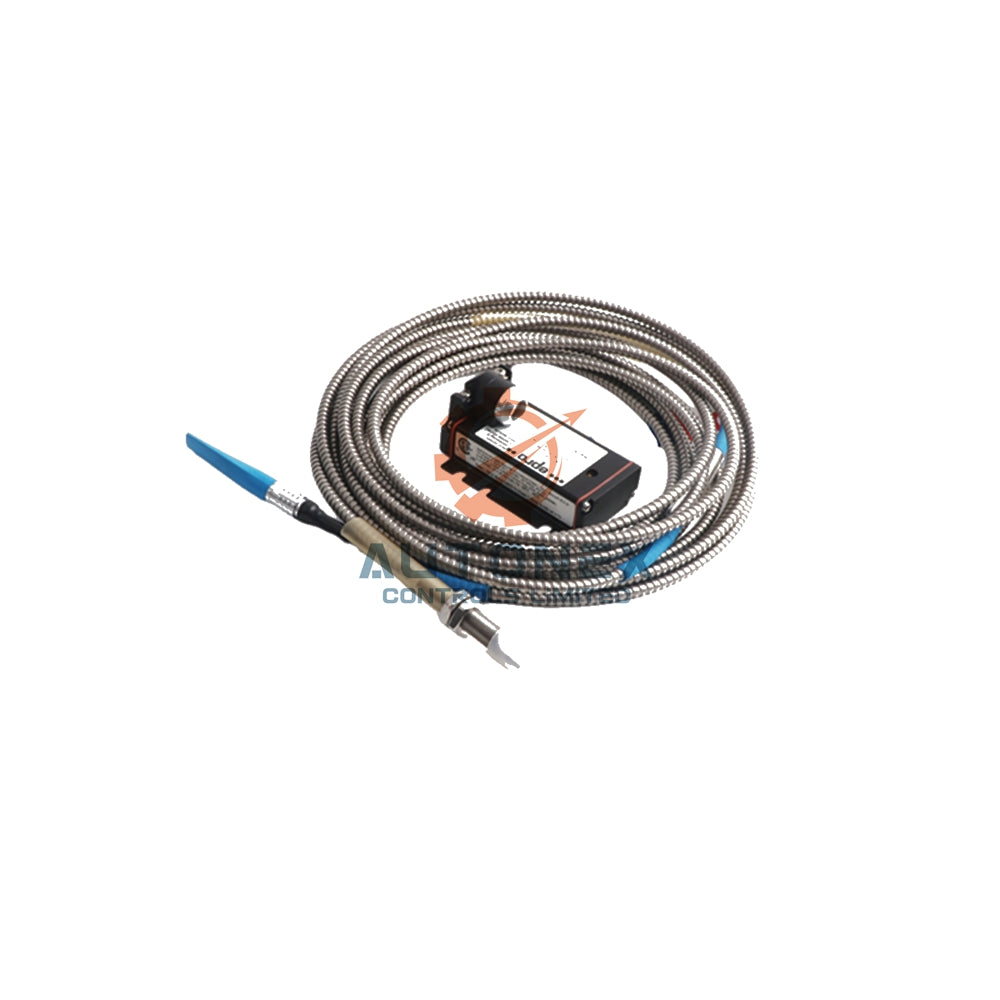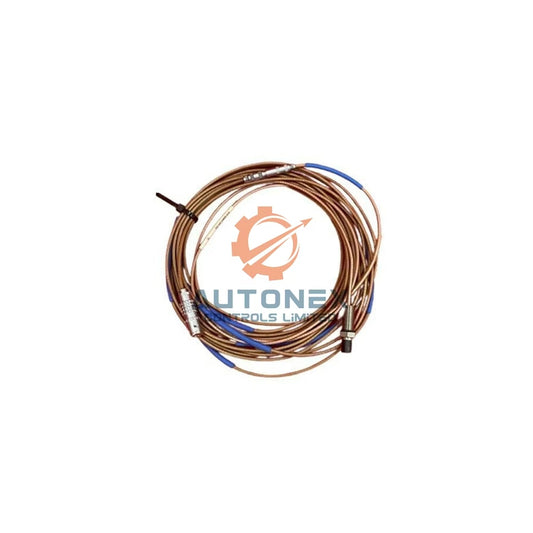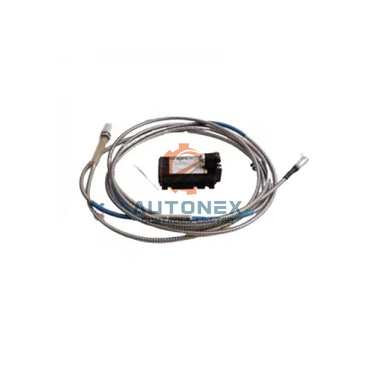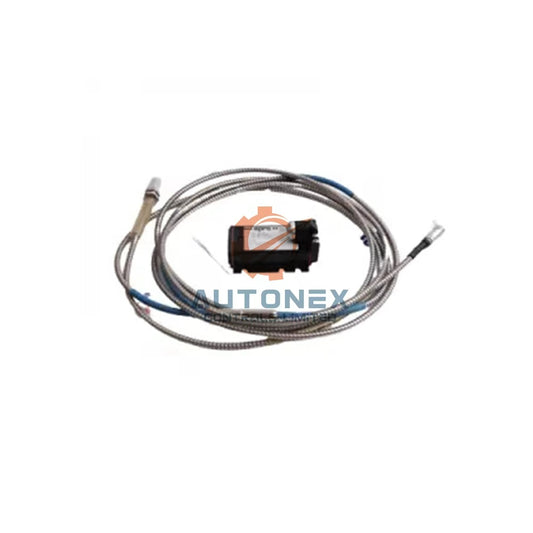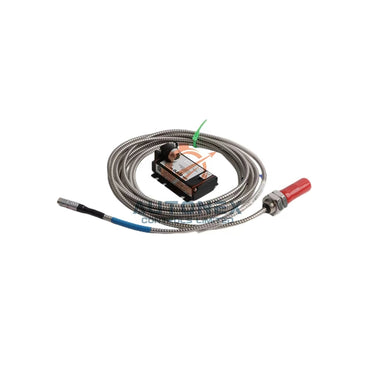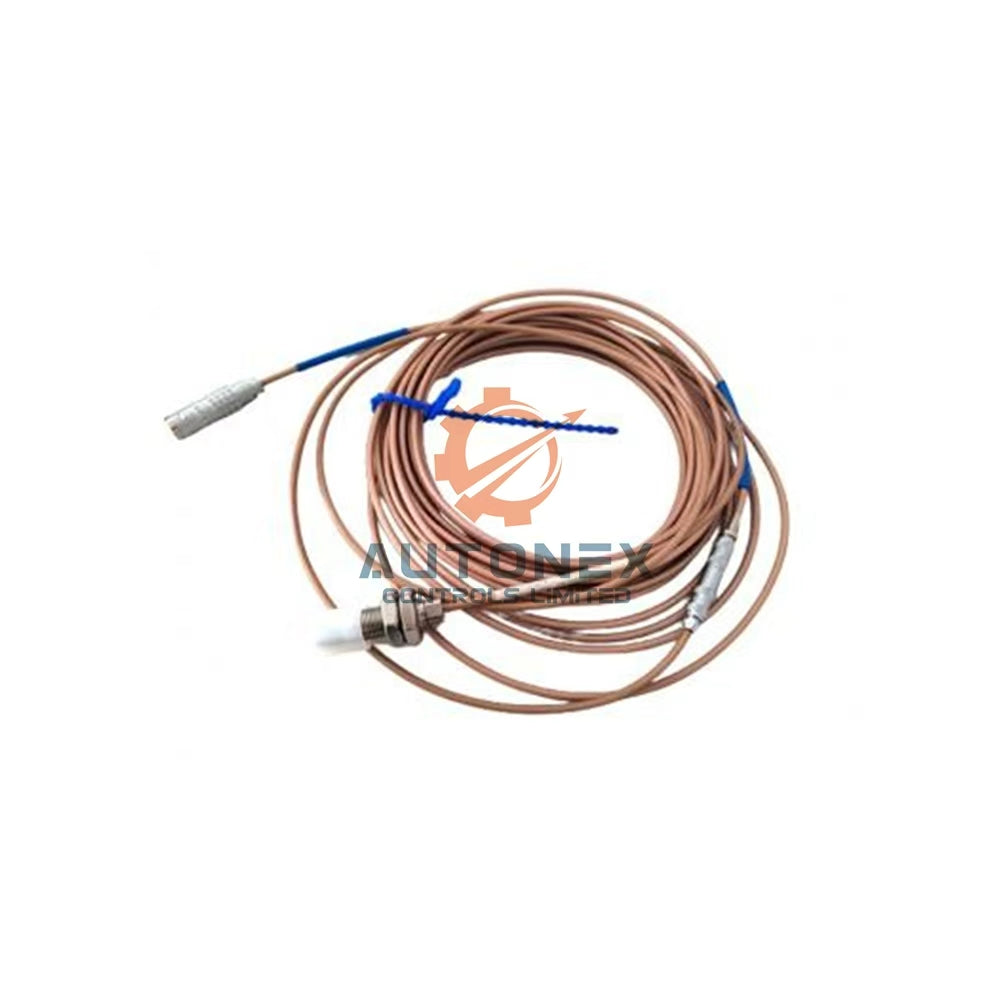7 Practical VFD Troubleshooting Steps Before Considering Replacement
When your Variable Frequency Drive (VFD) trips, immediate production loss and replacement costs aren't always inevitable. Industrial automation professionals know that systematic troubleshooting often reveals simple, cost-effective solutions. This guide provides field-tested methods to restore operation quickly while helping you decide between repair and replacement.
Initial Safety and Assessment Protocol
Always begin with proper lockout/tagout procedures before inspecting electrical components. Document the fault code, operating frequency, and load conditions from the HMI or drive display. Assess the environmental conditions including cabinet temperature, contamination levels, and nearby electrical noise sources. This baseline data proves invaluable for pattern recognition during repeated failures.
1. Input Power Quality and DC Bus Analysis
Verify all three phase voltages remain balanced and within manufacturer specifications. Check the DC bus voltage reading through the keypad display. Significant voltage ripple or abnormal readings typically indicate rectifier issues, failing bus capacitors, or incoming power problems. Look for evidence of voltage sags or brownouts in your power monitoring system.

2. Grounding Integrity and EMI Protection
Intermittent VFD faults frequently stem from inadequate grounding or electromagnetic interference. Ensure the protective earth connection maintains low impedance. Verify that motor cable shields feature 360-degree termination at the drive end. Confirm control commons aren't accidentally carrying power section currents, which causes mysterious trips.
3. Thermal Management Verification
Overtemperature faults demand immediate cooling system inspection. Check heat sink fins for dust accumulation and verify all cooling fans operate correctly. Remember that a failed $30 fan can disable a $3,000 drive. Maintain clean air filters and confirm ambient cabinet temperatures stay within drive specifications, especially in foundry or milling applications.
4. Motor and Cable Condition Assessment
Disconnect and megger test the motor to evaluate insulation resistance according to OEM guidelines. Inspect output cabling for insulation damage, loose connections, or thermal stress marks. For installations with long motor lead lengths, consider adding output reactors or dv/dt filters to protect older motor insulation systems.
5. Parameter Configuration Audit
Verify critical parameters match your specific application requirements. Confirm motor full load amps, base frequency, acceleration/deceleration times, and control mode settings. After power disturbances, drives sometimes revert to default parameters. Maintain archived parameter files for quick restoration and comparison.
6. Control Circuit and Safety Loop Testing
Methodically check all digital inputs, run commands, and safety interlock circuits. A single faulty relay or miswired control signal often mimics drive hardware failure. For network-controlled drives, validate communication links, IP address conflicts, and controller heartbeat timeouts to prevent nuisance trips.

7. Load Profile and System Integration Review
Analyze whether your application demands exceed drive capabilities. High cyclic rates, regenerative loads, or rapid deceleration often require additional braking components. Confirm proper braking resistor sizing and consider adding line reactors where harmonic distortion or voltage notching appears problematic.
Symptom-Based Troubleshooting Guide
| Symptom | Probable Cause | Immediate Actions |
|---|---|---|
| DC Bus Overvoltage | Regenerative energy, excessive deceleration rate | Extend decel time, verify braking resistor operation |
| DC Bus Undervoltage | Weak supply, loose connections, voltage drops | Tighten terminals, check transformer taps |
| Overcurrent or Ground Fault | Motor insulation failure, incorrect parameters | Megger test windings, validate motor nameplate data |
| Overtemperature | Insufficient cooling, high ambient temperature | Clean heat sinks, verify fan operation, improve ventilation |
| Communication Errors | Network issues, configuration mismatches | Check cabling, switch settings, controller programming |
Repair Versus Replacement Decision Framework
When drives show physical damage like burned components or cracked bus bars, replacement usually becomes necessary. However, if the unit remains physically intact and previous troubleshooting addressed root causes, professional repair often provides the optimal balance of cost and reliability. Consider upgrading when facing repeated failures, obsolete components, or needing modern features like Safe Torque Off or enhanced connectivity.
Proactive Maintenance Strategies
Document all faults with timestamps and operating conditions to identify patterns. Establish preventive maintenance schedules for cooling fans in demanding environments. Maintain parameter backups and consider stocking critical spares like control keypads, fuses, and communication modules to minimize future downtime.
Real-World Application Scenario
A packaging plant experienced weekly VFD trips on a conveyor application. Systematic investigation revealed voltage sags from nearby resistance welders. Installing a line reactor and adjusting the drive's undervoltage fault response eliminated the problem without drive replacement, saving thousands in unnecessary hardware costs.
Industry Perspective
The trend toward integrated automation systems makes proper VFD integration increasingly crucial. Modern drives offer advanced diagnostics and connectivity features that simplify troubleshooting. However, fundamental electrical principles remain unchanged—proper power quality, grounding, and cooling continue to dominate reliability concerns in industrial applications.
Frequently Asked Questions
What causes DC bus overvoltage faults?
Excessive regenerative energy from motor deceleration typically causes overvoltage events. This occurs when the motor acts as a generator, returning energy to the drive faster than it can dissipate.
How often should VFD cooling fans be replaced?
In clean, climate-controlled environments, fans may last 5-7 years. However, in hot or contaminated areas, plan replacement every 2-3 years as preventive maintenance.
Can I test a VFD without connecting a motor?
Yes, most modern drives allow programming and basic functionality testing without a motor load. However, always consult manufacturer guidelines before applying power to an unloaded drive.
What insulation resistance value indicates motor problems?
While values vary by motor specifications, generally expect at least 1-5 MΩ for low voltage systems. Significant decreases from baseline measurements or values below manufacturer minimums indicate developing insulation issues.
When should I consider adding line reactors?
Install line reactors when experiencing nuisance trips, harmonic distortion problems, or when operating with long lead lengths between drive and motor. They also protect against power line transients and voltage notching.
Check below popular items for more information in Autonexcontrol




